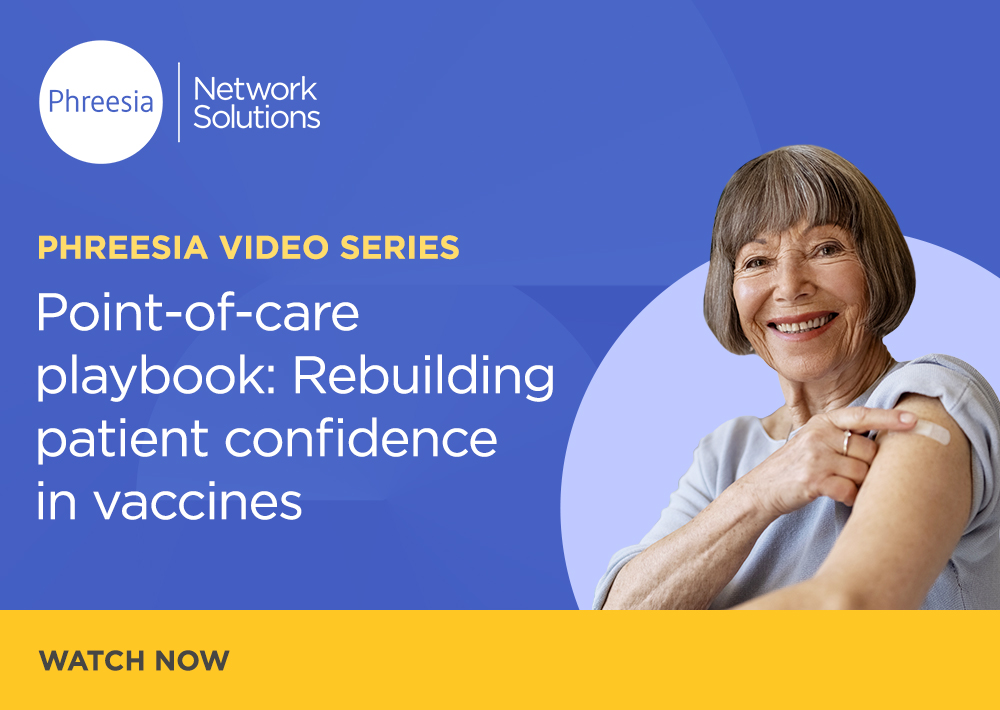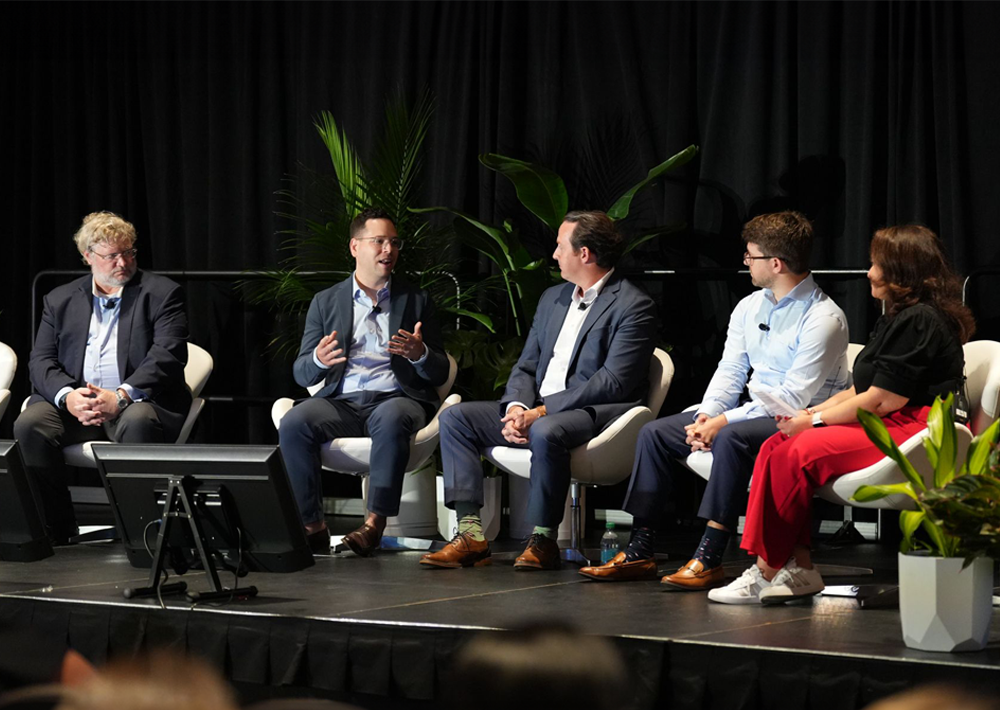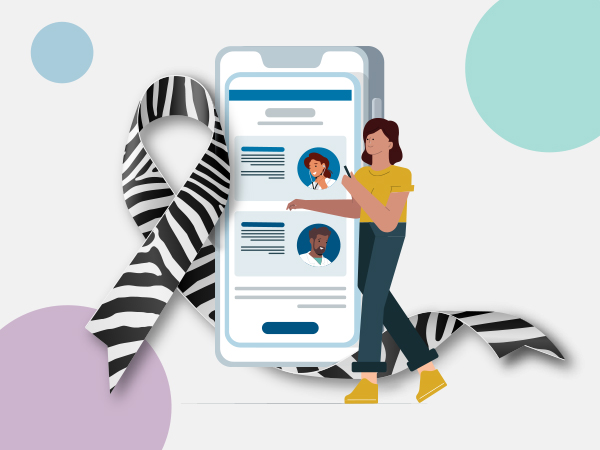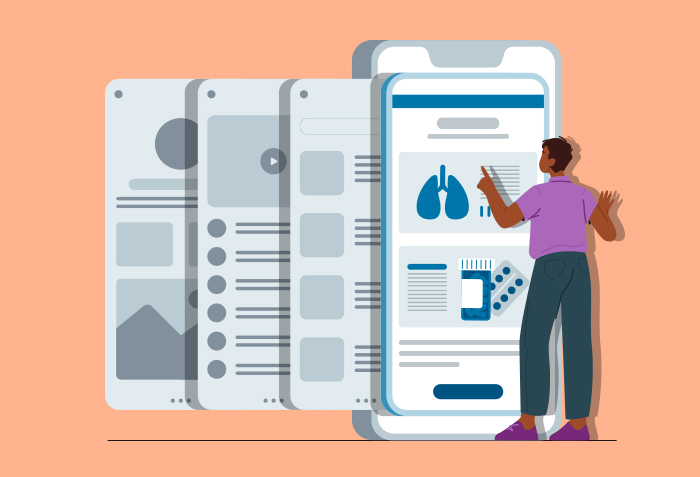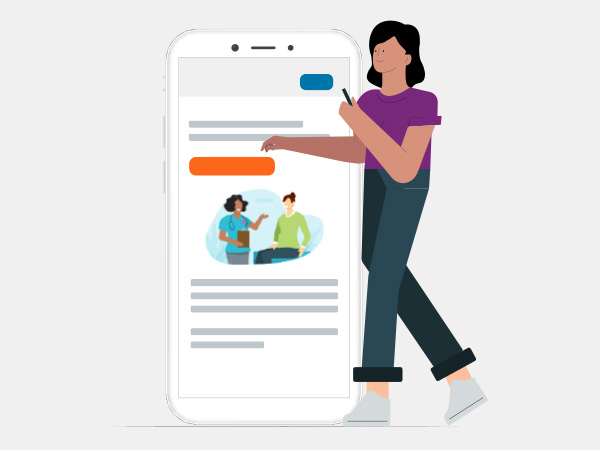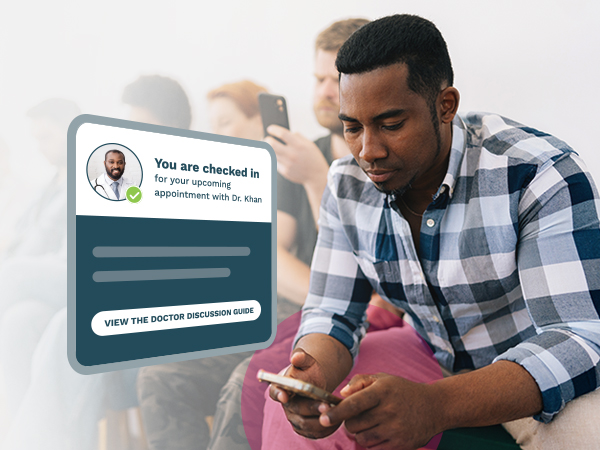
The process of finding a specialist and getting on therapy is complex and difficult for many patients. Hear from industry experts about how to support patients early in their care journey.
The road from initial symptoms to effective treatment is long and fraught for many patients. With some conditions—particularly rare diseases—just getting a diagnosis can be a multi-year struggle. Every week without treatment can increase a patient’s risk for complications, creating a need for interventions and tools that can streamline the process of connecting patients to the right physicians and efficiently getting on therapy.
Phreesia and The DHC Group recently hosted a webinar to discuss some of the issues patients face at the start of their care journey. As Tara Sheehy, Director of Client Experience at Phreesia, explained, there is a big opportunity for companies to give patients the tools and education they need to “really take control and champion for their own health and have those meaningful, shared decision-making conversations with their doctors.”
The data reinforces the hurdles patients often confront in scheduling a doctor’s appointment and getting on treatment. A 2023 survey from the American Association of Nurse Practitioners found that more than a quarter of patients (26%) typically wait two months or more for an appointment. And specialty care delays are worse: Wait times for cardiology appointments in metropolitan markets increased by 26% from 2017 to 2022, and wait times for orthopedic surgeries were longer still, at 48%.
There also is an opportunity to help patients who want or need to switch providers. Approximately 1 in 5 patients who take medications seek a new doctor every year for various reasons, Sheehy said, and pharma companies can play a role in ensuring patients’ continuity of care when they change providers. Here, we look at three ways to support patients early in their care journey.
1. Use digital tools to close care gaps
Finding the right care requires linking the right doctor with the right patient at the right moment for the right health issue, which can be a lot for a patient to navigate. However, digital tools can help make finding a doctor and getting a diagnosis more seamless.
As an example, Claudia Kanaszyc, Associate Director at Amgen, shared how her team helps patients with thyroid eye disease get diagnosed. The condition’s symptoms—itchy, red, watery eyes—often lead patients to believe that allergies are the cause. But if a patient goes to an optometrist or an allergist for treatment, their correct diagnosis could be delayed. To avoid that issue, Amgen has created educational tools to help steer those patients to a thyroid eye specialist.
“We’ve curated a list of doctors who we know are educated on this specific disease state,” Kanaszyc explained. “Whether it’s working with referrals or educating patients through different digital tactics and digital tools, we’re always driving them there, so we can shorten that time to treatment and provide optimal outcomes.”
Sheehy noted that digital, quiz-style symptom trackers also can help speed diagnosis. Patients input their symptoms into the tracker, and an algorithm generates relevant questions to ask their doctor, as well as specialists to consider.
“It’s a really meaningful tool to help facilitate that discussion and let the patient take a proactive role in going to see the right doctor at the right time for the right problem,” Sheehy said.
At Octapharma, Eric Marrero, the company’s Director of Brand Marketing and Communications, is using hubs to get patients the information they need. Through the comprehensive program, which also includes financial assistance and community engagement, patients and caregivers can connect one-on-one with educators to learn about Octapharma’s infusion process and other aspects of their care.
2. Continually gather patient insights to improve services
Anthony Scatamacchia, SVP, Innovation, Patient Services at EVERSANA, emphasized the value of taking a close look at the patient experience before rolling out new programs or tools.
“We are very focused on spending time upfront understanding what that patient journey is, where their pain points are,” Scatamacchia said. “That will dictate what the product value chain is and what the patient value chain is.” Understanding that value chain informs strategy and the digital tools that physicians and patients will need.
Similarly, Octapharma’s educational initiatives are the result of a seven-month deep dive that investigated how to best help the patients it serves. But that upfront research was just the start. As Marrero explained, it’s a mistake to think that initial insights are going to carry a project through the lifecycle of a product. Success is built on ongoing data collection and adjustments.
Annual market research panels are no longer enough, Sheehy agreed, recommending instead a constant learning and feedback loop. Octapharma is among the companies that have adopted such a model.
“Once patients touch anything within the program, they’ll get a notification asking them, ‘Were you satisfied with that?’ ” Marrero said. “At every given point, we’re trying to get more and more information in order to evolve that program as much as the patients are evolving. That changes as time progresses, so we have to change along with it.”
3. Deploy AI and other technologies thoughtfully
Technology itself also needs to adapt to external changes. Today, that means companies are looking at how artificial intelligence (AI) can support their activities. Scatamacchia’s current explorations reflect concerns that “AI, as a language-learning model, is a cowboy out in the Wild West,” adding that it’s very challenging to use AI with regulatory and compliance processes.
“We’ve seen chatbots struggle going through legal reviews because they want a very regimented set of responses to a very regimented set of questions,” he said. “AI sometimes is not necessarily aligned to that, especially in some of its better use cases.”
While he does see opportunities to use AI and other new technologies early in the care journey, Scatamacchia also advocates sticking with the old ways when they work. He encouraged organizations to be mindful about their technology choices by asking, for example, if an app is the right tool for a given situation or whether a text message could achieve the same goal. Asking such critical questions can stop programs from burdening patients.
And, as always, no matter the technology, messaging matters most when communicating with patients. Sheehy underscored the value of tapping into the entire healthcare system to discover the right messaging strategies to activate a given patient group, noting that all messaging should be approached with empathy and emotion.
Find out how Phreesia and MediFind can help you make care easier every day for patients by supporting and empowering them to be active participants at every stage of their healthcare journey.
